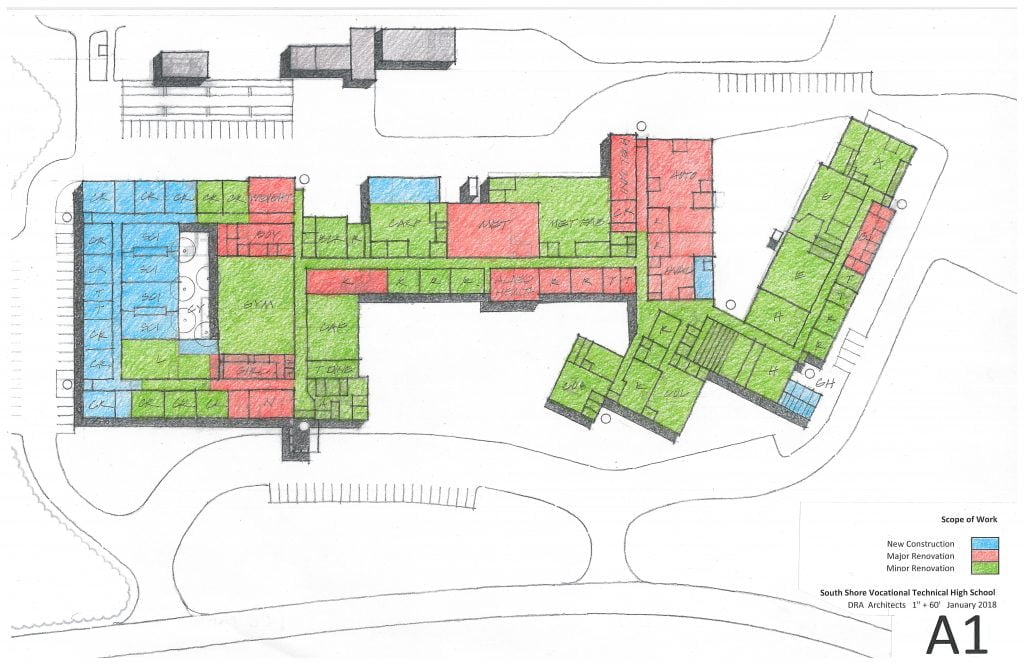Is My 19th Century Building Ready for the 21st Century?
How an Existing Conditions Assessment Can Become the Cornerstone of a Successful Master Plan
An Existing Conditions Assessment isn’t going to get you published in Architectural Magazines, but if written properly, it might just get you there someday. An Existing Conditions Assessment (ECA) is just that, an evaluation of the physical conditions of all materials and systems of a given built environment. This is typically the first step in a feasibility study to explore options for Capital Improvements, Renovations or Construction Projects. A client specific ECA is one that begins with an inquiry or interview process to isolate the particular objectives of an Owner so that the architect can assemble a team and define services that are directly customized to respond to those objectives. The Assessment Team likely includes Architects, Planners, Structural, Mechanical, Electrical, Telecommunications and Civil Engineers, but may also (based on a particular client’s needs) expand to include Furniture, Geotechnical, Acoustical, Code, Accessibility and myriad of other specialists or consultants. The Field Survey is of critical importance – having to be both rigorous and collaborative, to achieve the most successful outcome. Our approach includes full team walk-throughs to brainstorm options, challenges and ideas regarding the numerous complex systems in each facility. This enables a cohesive approach to design solutions later that solve the physical plant deficiencies in the most coordinated and cost effective way. The ECA process can include options, with cost and schedule implications, that can enable owners with meaningful information to facilitate capital plans in the future.
Technology has greatly enhanced the value of the products which can emerge from an Existing Conditions Assessment. One aspect of this is through the use of our 360 camera equipment which enables us to completely document almost every inch of a building during our onsite surveillance. The raw image shown below in Figure A, when viewed through the free software, enables you to pan and zoom in any space in virtual reality. This aids the design team during our analysis and also provides the Owner with a valuable database of Physical Inventory for future use.
Technology also changes the way we document your building. Rather than creating building plans as 2-dimensional shells, the existing conditions can be recorded in BIM software which enables the Owner, as well as the Design team, to view the building entirely 3-dimensionally, in virtual reality. (an excerpt of which is shown below in Figure B) This becomes a useful tool for the Owner in their Capital Planning process and for building management protocols and for the architect when beginning to look at options for space planning and renovations.
Schools often require a space summary analysis which compares square footage of various spaces to recognized space standards. For example, in the image shown below, simple color graphics are used to show whether the space is undersized (red), properly sized (green), or oversized (blue). This assists the Architect and the Owner to quickly understand the order or magnitude of program area deficiencies.

The final product of the existing conditions assessment should contain the following information: an executive summary which outlines the process used in the evaluation and documents the conditions and deficiencies of the building in a useful and interactive interface. This report should also have an electronic file such as a BIM (Revit) model (Virtual Reality Model) or a cad plan that can be used to help the building Owner implement changes or utilize for computerized maintenance management systems by their facility directors. The report should also list options or alternative approaches to mitigating the deficiencies which have been identified. These varying options should also be reviewed by a cost estimator who can help determine preliminary budgets for the options or alternatives presented.
An existing condition assessment is the foundation to a properly executed masterplan. It should be customized in its process and final product to the goals of the specific Owner. Whether or not a facility is currently working on a Master Plan or Feasibility Study, its always a good time to embark on an Existing Conditions Assessment. This Assessment will benchmark your current Facilities’ Deficiencies isolating immediate issues, as well as provide the resulting database of information which will be available for your planning and facilities management purposes.

